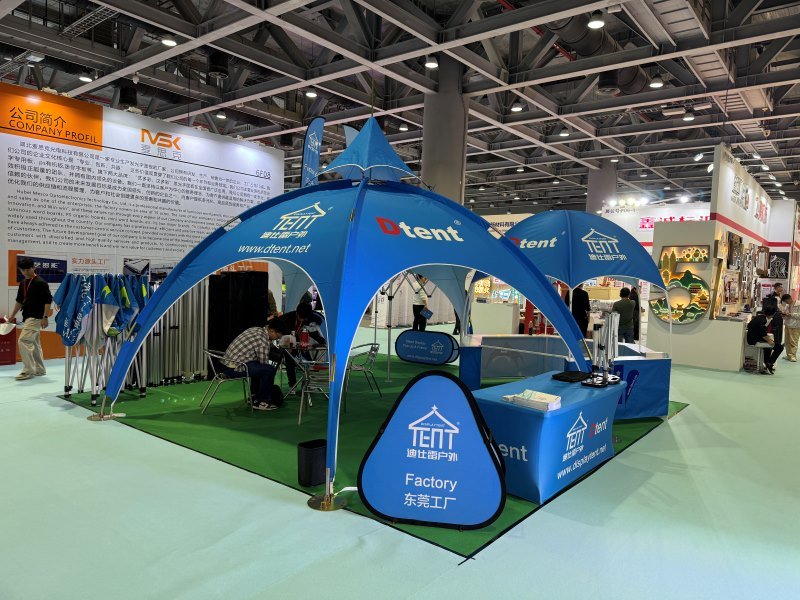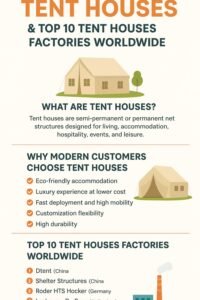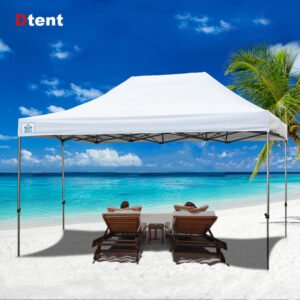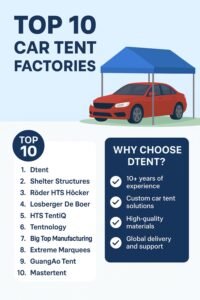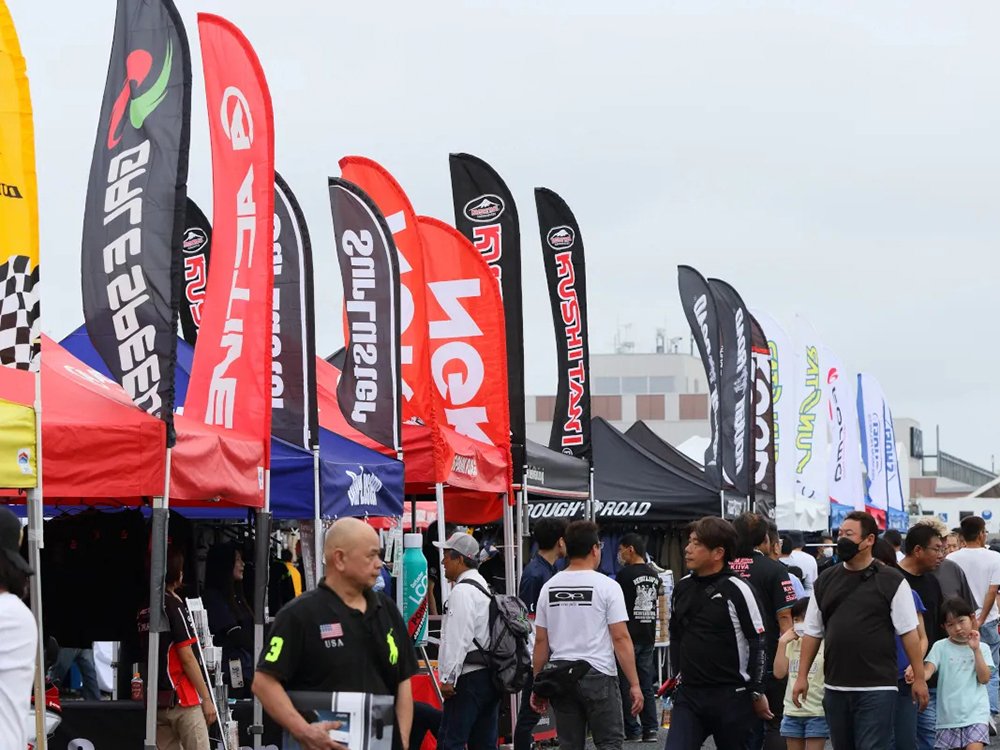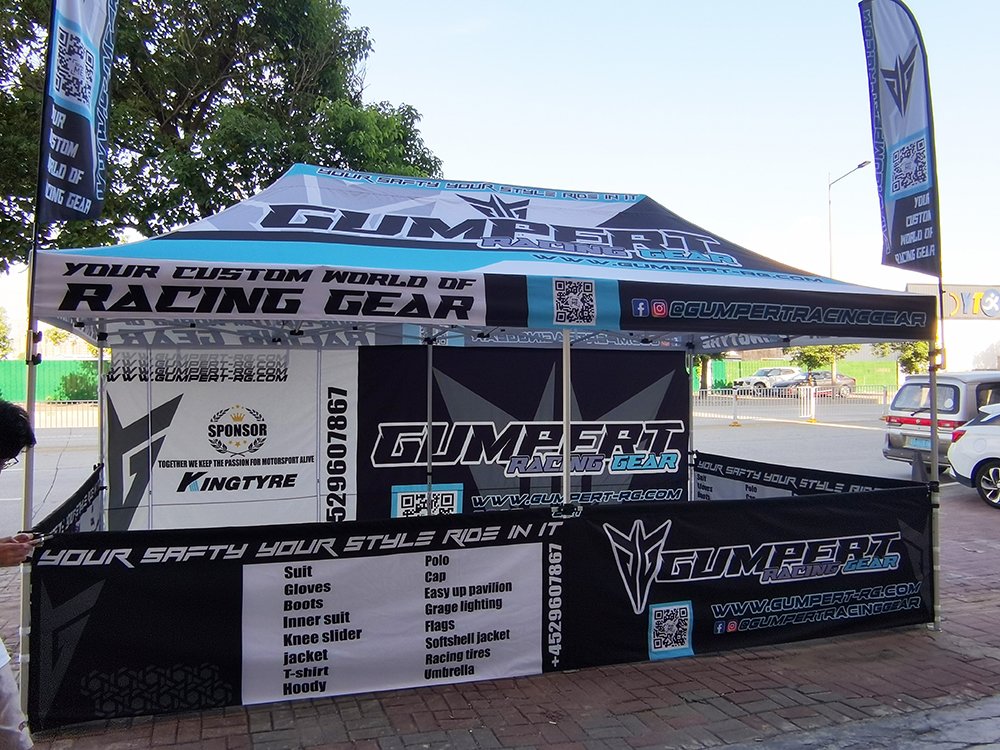Last Updated on 04/19/2025 by dtent.net
Choosing the right tent is one of the most critical decisions for any outdoor adventure. Whether you’re planning a weekend camping trip, a multi-day backpacking expedition, or a festival getaway, your tent will serve as your home away from home. But with countless options on the market, how do you determine which tent is best suited to your needs? This guide breaks down the key factors to consider when evaluating a tent, helping you make an informed decision that balances functionality, durability, and comfort.
1. Understand Your Needs of tent
Before diving into technical specifications, start by asking yourself: What is the primary purpose of this tent?
- Camping style: Are you car camping, backpacking, mountaineering, or attending a festival?
- Group size: How many people will sleep in the tent?
- Seasonality: Will you camp in mild weather, harsh winters, or variable conditions?
- Budget: How much are you willing to spend?
These questions will narrow your focus and guide your evaluation process.
2. Key Evaluation Criteria of tent
A. Weight and Portability
Why it matters:
- Backpacking: Weight is critical. Ultralight tents (under 3 lbs) are ideal but often sacrifice space and durability.
- Car camping: Heavier tents (8+ lbs) are acceptable if they offer more comfort and features.
What to look for:
- Packed size: Can the tent fit into your backpack or vehicle?
- Material density: Lightweight fabrics like silnylon or Dyneema® save weight but may cost more.
- Poles: Aluminum poles are lighter than fiberglass but pricier.
Example: A backpacker might prioritize a Big Agnes Copper Spur HV UL2 (2.5 lbs), while a car camper could opt for a spacious REI Co-op Base Camp 6 (20 lbs).
B. Capacity and Livability
Why it matters: A cramped tent can ruin your trip.
Key considerations:
- Floor dimensions: Check length, width, and peak height. Ensure taller campers can sit up comfortably.
- Vestibules: Extra covered storage for gear.
- Doors and vents: Multiple doors reduce congestion; mesh panels improve airflow.
Rule of thumb:
- A “2-person tent” often fits two people snugly. For comfort, size up (e.g., a 3-person tent for two).
C. Seasonality and Weather Resistance
Why it matters: Tents are categorized by seasonality:
- 1-season: Ultralight for calm, dry weather.
- 3-season: Most common; handle rain, wind, and mild snow.
- 4-season: Reinforced for heavy snow and high winds.
Key features:
- Rainfly coverage: Full-coverage rainflies offer better weather protection.
- Waterproof ratings:
- Hydrostatic head (HH): Measures waterproofness (1,500+ mm is ideal for rain).
- Seam sealing: Taped seams prevent leaks.
- Wind resistance: Geodesic or dome-shaped tents with poles withstand gusts better.
Example: The Hilleberg Nallo GT 2 (4-season) excels in storms, while the MSR Hubba Hubba NX (3-season) balances weight and weather resistance.
D. Durability and Materials
Why it matters: Durability impacts longevity and performance in rough conditions.
Fabric types:
- Nylon: Lightweight and tear-resistant but stretches when wet.
- Polyester: Less stretch, better UV resistance, and cheaper.
- Canvas: Heavy but breathable and durable (ideal for base camps).
Key metrics:
- Denier (D): Higher denier = thicker, heavier fabric (e.g., 20D for ultralight tents, 75D for family tents).
- Coatings: PU (polyurethane) or silicone coatings enhance waterproofness.
Example: The Nemo Wagontop 6P uses robust 68D polyester for family camping, while the Zpacks Duplex relies on ultra-thin 0.55 oz/sqyd Dyneema® for ultralight backpacking.
E. Ventilation and Condensation Management
Why it matters: Poor ventilation leads to condensation, damp gear, and discomfort.
Key features:
- Mesh panels: Promote airflow while keeping bugs out.
- Adjustable vents: Allow airflow control in rain or cold.
- Double-wall design: Separates the inner tent from the rainfly to reduce condensation.
Example: The Big Agnes Tiger Wall UL3 uses extensive mesh for airflow, while single-wall tents like the Hyperlite Mountain Gear UltaMid 2 prioritize weight savings but risk condensation.
F. Setup and Ease of Use
Why it matters: A complicated setup frustrates beginners and wastes time.
Key considerations:
- Pole design: Color-coded or pre-bent poles simplify assembly.
- Freestanding vs. non-freestanding: Freestanding tents (e.g., MSR Elixir) hold shape without stakes; non-freestanding (e.g., Durston X-Mid 2P) require precise staking.
- Setup time: Practice pitching the tent at home before your trip.
Pro tip: Look for “fast-pitch” options that let you set up the rainfly first in rain.
G. Price and Value
Why it matters: High-end tents offer premium materials but may exceed budgets.
Budget tiers:
- 100–100–300: Basic family or entry-level backpacking tents (e.g., Coleman Sundome).
- 300–300–600: Lightweight, durable options (e.g., REI Half Dome SL).
- $600+: Ultralight or expedition-grade tents (e.g., Hilleberg Soulo).
Value check:
- Compare warranties (lifetime vs. limited).
- Consider modular systems (e.g., adding a footprint or gear loft).
H. Brand Reputation and Customer Support
Why it matters: Established brands often deliver better quality control and customer service.
Top brands:
- MSR: Known for lightweight, stormworthy designs.
- Big Agnes: Balances comfort and weight.
- Hilleberg: Unmatched durability for expeditions.
- REI Co-op: Budget-friendly and reliable.
Red flags:
- Lack of reviews or unclear warranty terms.
- Poor stitching or inconsistent seam sealing.
3. Field Testing and User Reviews
Why it matters: Lab specs don’t always reflect real-world performance.
What to do:
- Rent before buying: Test the tent on a short trip.
- Read reviews: Focus on long-term durability and weather performance.
- Check forums: Reddit (r/CampingGear) and Backpacking Light offer unbiased insights.
-
Rated 0 out of 5
-
Rated 0 out of 5
-
Rated 0 out of 5
-
Rated 0 out of 5
4. Specialized Considerations
A. Ultralight Backpacking
- Prioritize weight and packed size.
- Consider trekking pole tents (e.g., Durston X-Mid 2P) to save weight.
B. Family Camping
- Focus on space, multiple rooms, and ease of setup.
- Look for darkroom technology (e.g., Coleman Dark Room Skydome) to block light and heat.
C. Winter Camping
- Opt for 4-season tents with robust poles and snow skirts.
- Ensure compatibility with stoves (e.g., Luxe Megahorn Tipi).
5. Final Checklist Before Purchase
- Weight and packed size: Matches your activity.
- Capacity: Enough space for people and gear.
- Weather resistance: Suitable for your climate.
- Ventilation: Minimizes condensation.
- Setup: Intuitive and quick.
- Price: Fits your budget without compromising critical features.
Evaluating a tent requires balancing competing priorities
Evaluating a tent requires balancing competing priorities: weight vs. durability, space vs. portability, and cost vs. performance. By understanding your specific needs and methodically assessing each factor—from materials and weather resistance to brand reliability and user reviews—you’ll find a tent that becomes a trusted companion on countless adventures. Remember, the best tent isn’t the most expensive or the lightest; it’s the one that aligns perfectly with your outdoor lifestyle.
Our story began 15 years ago, when we established our factory with the vision of becoming the leading producer of customized tents, canopies, flags, umbrellas, and other related products. Since then, we have been dedicated to providing high-quality and tailor-made solutions for our clients, partnering with numerous reputable brands in the industry.
We are a professional factory specializing in the production of custom-made tents, canopies, flags, and other event supplies. With 15 years of experience, we have a strong research and development team and impressive production capabilities. We have also served many brand clients and have earned a solid reputation in the industry.
Are you a Trading Company or Manufacturer?
We are a manufacturer specialized in Folding tents, Outdoor umbrellas, Beach flags, Advertising Banners
Can you do design for my ideas or drawing?
Yes, we have experienced designers and our own molding factory. According to your requirements, we can design or open mold which has a competitive price.
Can you print any logo for customer?
Yes, both OEM and ODM is available.
How long does sample take?
Sample will be ready within 5-7 days, depends on your printing and material requirements.
What is your advantage?
Cost effective; with low price; Time effective: we promise to make the mass delivery within 30 days Service effective: Our sales people promise to reply your enquiry within 12 hours.
Can I make my customize logo and packaging?
Yes, please contact us for specific details if you need a logo or custom packaging.

